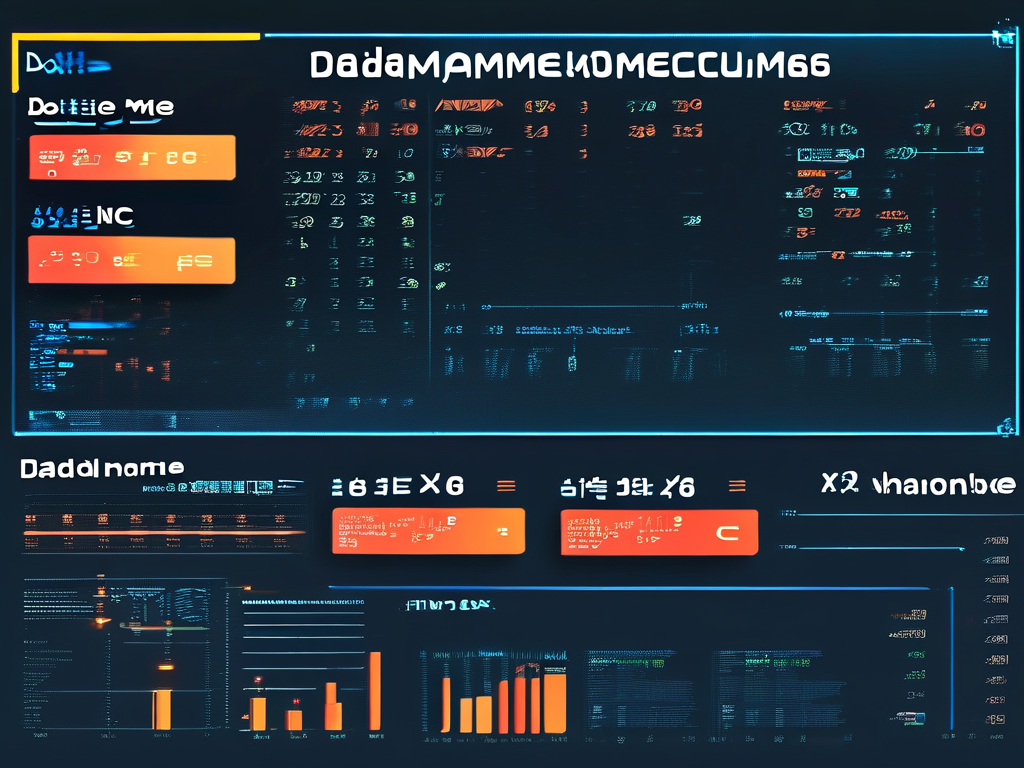Understanding how to calculate data memory usage is essential for optimizing application performance and resource allocation. This article explores practical methods to determine memory consumption across various programming scenarios while addressing common challenges developers face.

Fundamentals of Memory Calculation
At its core, memory usage depends on data types and structures. Primitive types like integers (4 bytes in C#) or booleans (1 byte) have fixed sizes, while complex objects require cumulative calculations. For example, a Python string with 10 characters consumes approximately 49 bytes due to metadata overhead. Tools like sys.getsizeof() in Python or sizeof() in C++ help measure object sizes directly:
import sys sample_str = "HelloWorld" print(sys.getsizeof(sample_str)) # Output: 59 bytes (varies by Python version)
Composite Data Structures
Arrays and matrices demand special attention. A 100-element integer array in Java uses 1040 bytes: 40 bytes for array metadata + (100 elements × 4 bytes). Nested structures multiply this complexity. A 3x3 matrix in C# consumes:

Matrix overhead (24 bytes) +
3 rows × (array header (16 bytes) + 3 integers × 4 bytes) = 24 + 3×(16+12) = 132 bytesDynamic Memory Allocation
Languages with automatic memory management (e.g., JavaScript, Python) add hidden costs. A JavaScript object storing 5 key-value pairs may occupy 160 bytes – 80 bytes for base object structure plus 16 bytes per property. Garbage collection patterns further influence actual memory footprints, requiring runtime analysis via browser developer tools or Node.js process.memoryUsage().
Optimization Strategies
- Data Type Selection: Use 32-bit floats instead of 64-bit doubles when precision permits
- Memory Pooling: Reuse objects in game development (e.g., Unity Object Pooling)
- Lazy Loading: Delay resource initialization until required
- Structure Padding Awareness: Minimize alignment gaps in C/C++ structs using
#pragma pack
Real-World Calculation Workflow
Consider a C# class:
public class Employee {
public int Id; // 4 bytes
public bool IsActive; // 1 byte (padded to 4)
public string Name; // 8 bytes (reference)
}
Actual memory usage per instance:
- Object header: 12 bytes
- Fields: 4 (int) + 4 (padded bool) + 8 (reference) = 16 bytes
- Total: 28 bytes (excluding string content)
Diagnostic Tools
Platform-specific profilers provide crucial insights:
- Java: VisualVM with Heap Dump analysis
- .NET: CLR Profiler or JetBrains dotMemory
- Web Apps: Chrome DevTools Memory panel
Developers must balance precision with practicality – while theoretical calculations establish baselines, runtime measurements often reveal unexpected allocations from framework internals or dependency libraries. Regular memory auditing during load testing helps identify leaks in long-running applications.
By mastering these calculation techniques and combining them with runtime analysis, programmers can significantly improve application efficiency, particularly in resource-constrained environments like IoT devices or high-performance systems.









